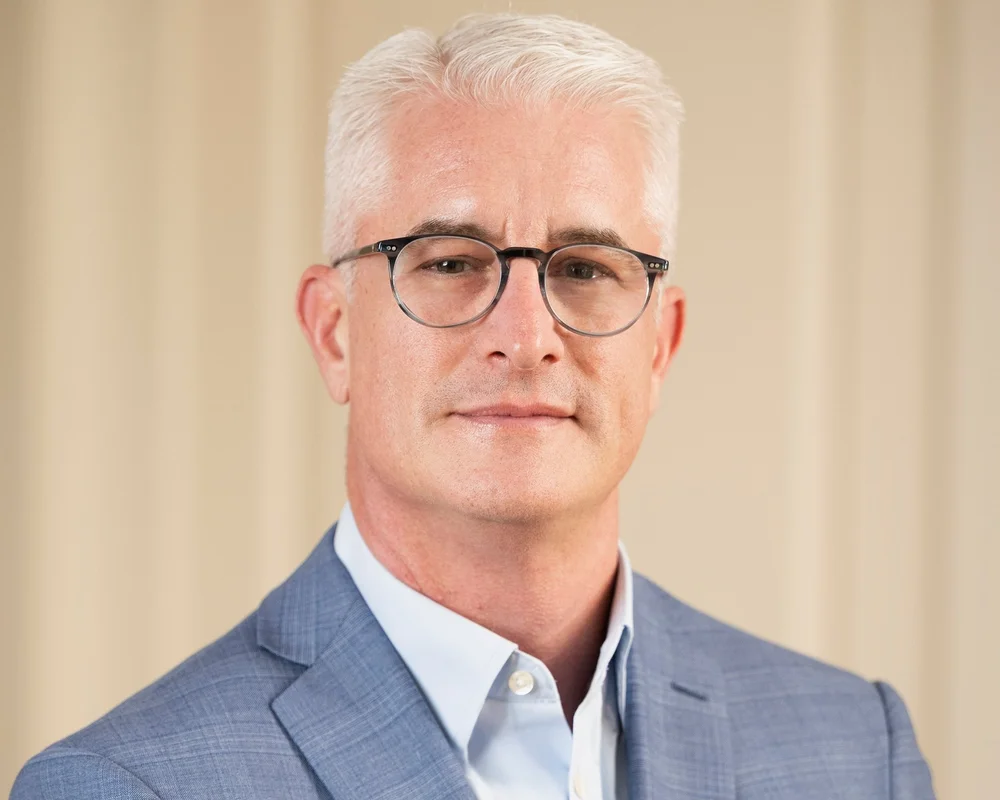This industry viewpoint was authored by Prayson Pate, Chief Technology Officer and Senior Vice-President of R&D, Overture, and first appeared on Overture’s company blog.
One of the big drivers for Software Defined Networking (SDN) and Network Functions Virtualization (NFV) is reducing CapEx and OpEx. While attractive and perhaps necessary, cost cutting is not enough to take Communications Service Providers (CSPs) forward. They need the ability to rapidly develop new wireline services that will drive revenue growth.
A recent article by Craig Borowski, telecom researcher for Software Advice, outlines the changes in Telecom over the period from 2008 to 2013. Here are the cited key findings (emphasis added):
• The Census Bureau’s data shows fewer telecom companies and fewer employees in the industry in 2013 than in 2008.
• Over this five-year period, the industry’s gross receipts increased nearly 15 percent, while cumulative payroll decreased 2.25 percent.
• Compared to other industries, telecom experienced above-average growth. This growth was driven largely by the mobile and wireless sector.
I found the first two points on industry consolidation to be very interesting. The author Craig Borowski told me:
“The digital age has brought more change to telecom than almost any other industry. With above-average growth from 2008 to 2013, I was surprised to see that the Census Bureau’s data was showing a decrease in both the number of telecom companies and employees. Although mergers in telecom are not a rare occurrence, the extent and acceleration of convergence in the industry is eye opening.”
Craig’s report notes the importance of efficiency in this transformation.
One of the factors driving increased efficiency in telecom is convergence, defined as “the efficient coexistence of telephone, video and data communication within a single network.” Eliminating the prior need to develop and maintain independent networks is allowing the telecommunications industry to operate with lower overhead and higher margins.
We can see that there has already been a focus on cost cutting and efficiency, even before SDN and NFV became hot. How much more can these new technologies contribute?
In addition, if you only looked at the first two key findings above you would say that the CSPs had done a pretty good job of not only cutting costs but also in growing revenue. However, the third key finding reveals the fly in the ointment: there was little growth in the wireline sector. From the standpoint of revenue and spending the problem is even worse that it might at first appear. That’s because the growth in mobile and wireless creates even more load on the wireline network.
The growing pressure on the wireline network is reflected in CSP spending. Ray Mota of ACG Research reports that:
The Total Worldwide Service Provider Carrier Router-Switch market is projected to increase from $11.9 B to $15.4 B by 2018 (CAGR 5.3%). From a regional perspective, the Americas and APAC will lead the growth as carriers respond to increases in data traffic, Big Data, virtualization, software-defined networking and the unrelenting demand for innovative and intelligent applications and services.
This anticipated growth in spending on edge equipment underscores the need to broaden the applicability of SDN and NFV beyond the much-discussed increases in efficiency. The drive must be towards creating an infrastructure that supports creating innovative new services – especially those that we haven’t yet thought of.
You can read more about the evolution of the telecom industry here.
About the Author
Prayson Pate is Chief Technology Officer and SVP of R&D at Overture, where he is also a co-founder. Prayson is a technology leader and evangelist with a proven track record leading teams and delivering products. Since 1983 he has been building Carrier Ethernet and telecom products for service providers and network operators around the world – both as an individual developer and as a leader of development teams. Prayson spends much of his time driving adoption of Overture’s new Ensemble Open Service Architecture, which includes aspects of automation, virtualization, SDN and NFV. He has a BSEE from Duke, an MSECE from NC State and is the holder of nine US patents
If you haven't already, please take our Reader Survey! Just 3 questions to help us better understand who is reading Telecom Ramblings so we can serve you better!
Categories: Industry Viewpoint · SDN · Telecom Equipment






Good article Prayson, always respected your work!
This is a very similar argument to whats happening in Cloud IT, as well. A lot of CIO’s came to the party thinking it was mostly about saving money, and have had a rude awakening on that front. Those who come for the agility and the scalability will have a better time.
I am sitting in the middle of the L3/TW integration talks, and its mind-numbing to hear leadership say the answer to every telco problem is another big circuit with usage. L3 simply do not get how close TW came to that holy grail of our industry: a ubiquitous service-oriented portfolio where you have hundreds of releases per year instead of 3 or 4. Instead we are about to piss it down our leg so that we don’t have to change out any gear, spend capital, or try and normalize a standard across the regions.